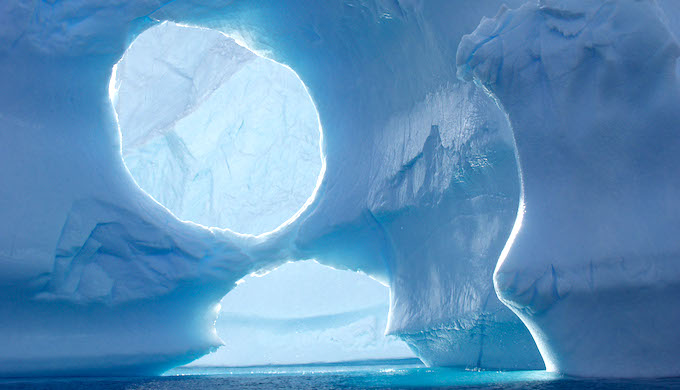The Antarctic ozone hole has been unexpectedly large and persistent over the past four years, according to researchers from the University of Otago. Contrary to popular belief, the scientists believe that chlorofluorocarbons (CFCs) are not solely responsible for the expansion of the ozone hole.
The study, recently published in Nature Communications, analyzed monthly and daily changes in ozone levels across different altitudes and latitudes within the Antarctic ozone hole from 2004 to 2022.
Hannah Kessenich, the lead author and a PhD candidate in the Department of Physics, noted a significant decrease in ozone levels at the center of the ozone hole compared to 19 years ago. This indicates that the hole has not only increased in size but has also deepened throughout most of the spring season.
The researchers discovered a correlation between the drop in ozone levels and changes in the air entering the polar vortex above Antarctica. This suggests that factors other than CFCs may be contributing to the recent expansion of the ozone hole.
Although the Montreal Protocol on Substances that Deplete the Ozone Layer, implemented in 1987, has regulated the production and consumption of ozone-depleting chemicals, the researchers argue that other complex factors are playing a role in the current state of the ozone hole.
Recent communications about the ozone layer have led the public to believe that the issue has been resolved. However, the researchers found that the ozone hole has been one of the largest on record in the past three years, and two of the five years preceding that.
While the study’s data collection ended in 2022, the researchers note that the 2023 ozone hole has already surpassed the size of the previous three years, with a measurement of over 26 million square kilometers, nearly twice the size of Antarctica.
Kessenich emphasizes the importance of understanding ozone variability due to its significant impact on the climate of the Southern Hemisphere. The ozone hole is interrelated with the delicate atmospheric balance and interacts with the effects of greenhouse gases. In addition to causing extreme levels of UV radiation on the surface of Antarctica, a hole in the ozone layer can disrupt the distribution of heat in the atmosphere and alter wind patterns and surface climate in the Southern Hemisphere.
Despite concerns about increased UV radiation, Kessenich assures New Zealanders that they need not worry about applying extra sunscreen this year. The Antarctic ozone hole is primarily situated over Antarctica and the South Pole and is not typically open above New Zealand.
In conclusion, the researchers posit that factors beyond CFCs are contributing to the expansion and persistence of the Antarctic ozone hole. Understanding these complex dynamics is crucial due to the ozone hole’s influence on the climate of the Southern Hemisphere and its potential downstream effects on wind patterns and surface climate.
*Note:
1. Source: Coherent Market Insights, Public sources, Desk research
2. We have leveraged AI tools to mine information and compile it



